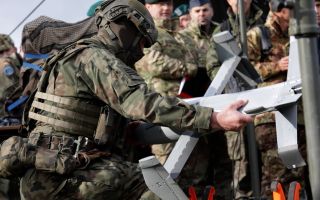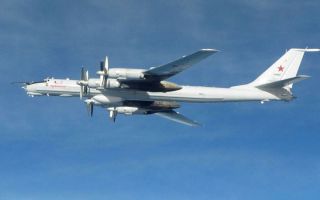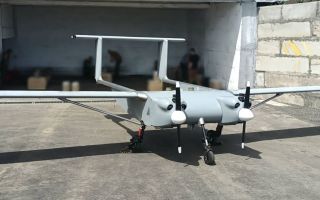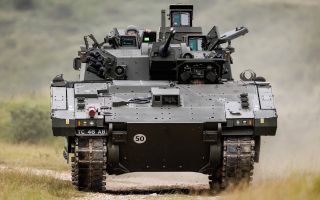US carries out first full test of hypersonic missile that travels at Mach 5 – one mile per second
The US Air Force has carried out a successful test of a new hypersonic missile that can travel at more than five times the speed of sound in a trial that hopes to compete with the emerging long-range weapons capabilities of Russia and China.
Designed by Lockheed Martin for the US Air Force (USAF), the All-Up-Round AGM-183A Air-launched Rapid Response Weapon (ARRW), was launched off the coast of southern California in the first test of a fully-operational prototype of the missile.
The ARRW is described as a "game-changer for national security" and its manufacturers say they have had to overcome a series of tough, complex engineering challenges to develop an air-to-ground missile with a range of about 1,000 miles once it's been released from an aircraft, and which can travel at Mach 5 or faster – about one mile per second.
- Why is the US investing $1.3bn into a hypersonic weapons satellite tracking system?
- Ukraine: Russia uses hypersonic missiles for second time
- British troops test new 'Google maps for soldiers' tech in the US
In the latest test, carried out by the 412th Test Wing at the aerospace test centre at Edwards Air Force Base in California, the missile was launched from an American B-52H Stratofortress, a long-range subsonic strategic bomber jet, before it completed its flight path and detonated in a controlled target area.
The USAF said that initial indications suggested that all the objectives of the test were met – taking the US one step closer to fully operational hypersonic weapons that could be used in combat and that act as a deterrent against rival superpowers such as Russia and China who have also been developing hypersonic weapons with similar capabilities.
Brigadier General Jason Bartolomei, the USAF Armament Directorate Program executive officer, said: "The ARRW team successfully designed and tested an air-launched hypersonic missile in five years.
"I am immensely proud of the tenacity and dedication this team has shown to provide a vital capability to our warfighter."
Hypersonic weapon development has been forcing the world of defence to re-think its detection systems.
The Pentagon announced earlier this year that it was investing $1.3bn (£1.05bn) to develop advanced satellites that will be able to better track and detect hypersonic missile threats, as the US aims to expand and improve its ability to counter growing threats posed by Russia and China.
While traditional intercontinental ballistic missiles can exceed the speeds of hypersonic missiles, they follow a predictable trajectory, meaning they can be detected early in their flight and intercepted.
Hypersonic missiles exploit physics using drag and friction, allowing them to fly in all directions like an aircraft but at such very high speeds that make them difficult to detect and stop.
These missiles are being developed at a time of increasing threats by Russian president Vladimir Putin to use nuclear weapons, vowing to "wipe any country off the face of the earth" if they launched a nuclear attack on Russia.
Putin has been reported to cite hypersonic weapons as a way of ensuring Russia could respond with force without launching a preventative first nuclear strike.









